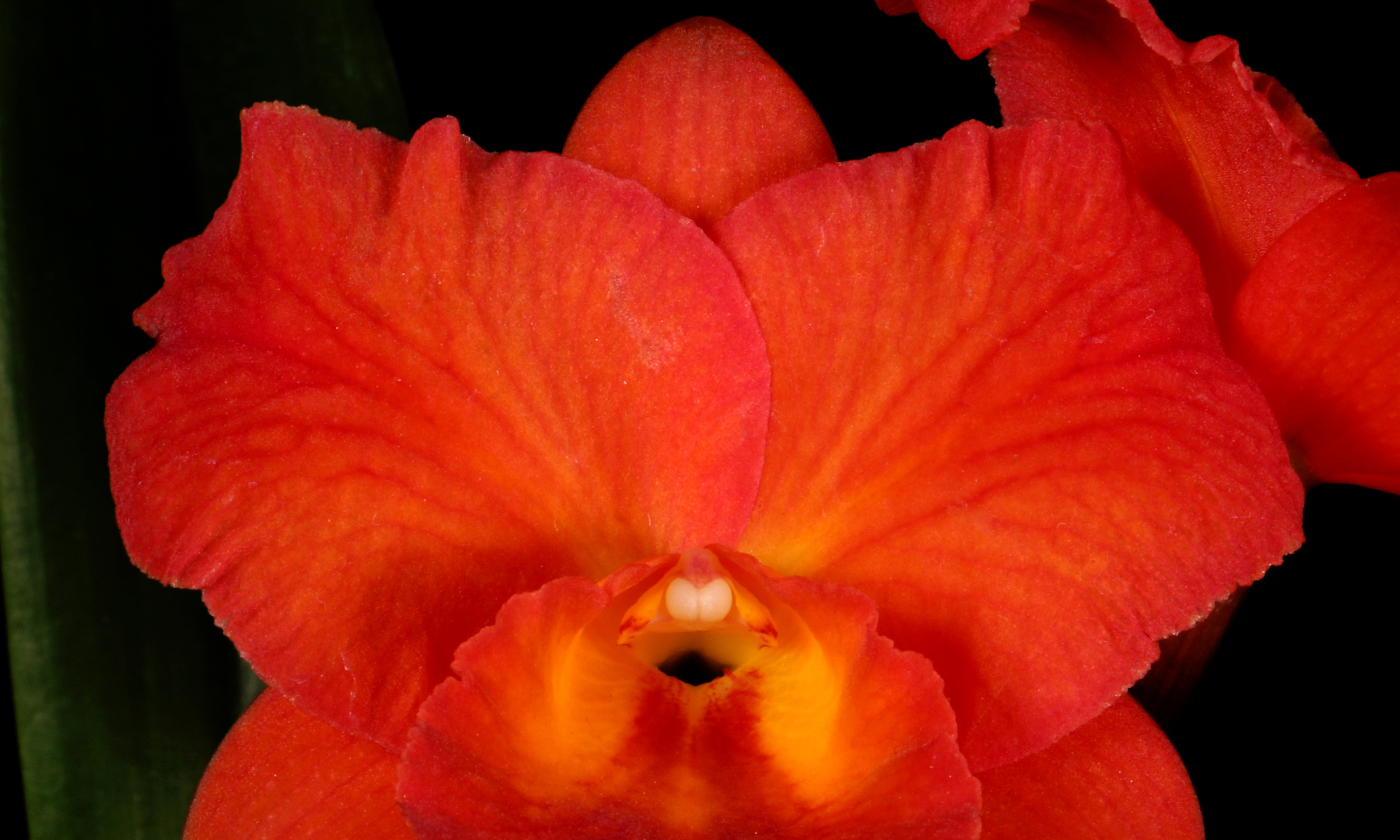Potting Tool Upkeep
Years ago, my Mother visited us and tried to cut something with one of my knives, never a woman to hold back a thought she said “are your knives too cheap to sharpen or are you too lazy to sharpen them?” Just prior to her next visit himself was out in the garage sharpening our knives! These orchid tool ideas come from This Old House, p. 48, March 2003.. (You could tune in to www.thisoldhouse.com and learn more). This was what seemed to be good. You can clean the blades of your clippers with WD-40. Resharpen your clippers at lunch and at the end of the potting day.
Other Repotting Things
Bottom of the pot drainage
When you repot make a new tag and put the old tag at the bottom of the pot.
Label selections, use those with a hole if you need to attach them to baskets, otherwise go for the less expensive stick in type. Plastic has a limited life span, and if you color code, yellow = 2004, green = 2005, pink = 2006, you can tell at a glance when you need to repot since the media will be mush and your orchid’s root will need to respire mush-free!
Removing dead roots and yucky stuff happens when you repot. What to do? Buy several pairs of clippers (OFE will have theirs. at our show.) or go to a craft store and buy single edged razor blades and throw them away after each plant, or use your clipper and clean them in a solution of super -saturated TSP (Tri-Sodium-Phosphate). Look for the original formula at a paint store or Home Depot or Lowe’s super store. If you are in to fire, you can flame your potting cutters from plant to plant. Think torch, not wimpy cigarette lighter!
You need to fill about 1/3 of your orchid pot with something to allow air to the roots. You can use rock, but most of us use Styrofoam peanuts. Avoid the figure eight forms, roots get trapped, avoid the antistatic pink ones, they are TOXIC. The usual white or green ones are fine and if you are in doubt, run water over them before you use them. Styrofoam will hold its shape; the cornstarch type will dissolve.
Clean up time is now
If you want to re-use old orchid pots, this is a good time to clean them up. Soak them from a few hours to overnight in a solution of 1/5 Chlorine bleach and water. Reusing dirty pots is equal to putting on dirty clothes after a shower!
Wobble stoppers
If your newly repotted orchid flip-flops in the wind, its roots will be injured and it will not thrive. You can stop that!
Wire pot clips:
The hook clips on the side of the pot and the straight wire part goes onto the plant rhizome and holds it in place. Most plants are held in place with 3 inch or at most 4-inch clips. You will not need clips for Phals, Phrags, and Paphs in plastic pots because you will ‘snuggle them down’ in the medium.)
Coated wire:
You can tie-down plants to basket sides if you plant in a basket, or you can tie up a floppy plant to a steak if you are running out of space.
Potting Medium
OFE, Green Barn, and Broward Orchid Supply all have several selections, but most will contain tree fern, sponge rock, charcoal, and some sort of rock /dried clay-like substance such as Aliflor, Turface or Pumice. Some mixes contain a small amount of fir or redwood and these small amounts will not cause problems. Many long time growers have learned to dilute their mixes with about 1/3 Aliflor, which is less expensive than the general mix. Phalenopsis mixes will have an added moss or other agent to hold water.
Cymbidiums, Nun’s Orchids, and other terrestrial orchids will appreciate a well-drained mix as well. You can buy such a mix, or buy a bag of Pro-mix from another source. A bag of bargain topsoil is not a good choice since it may be too heavy to allow air to roots. Roots absorb oxygen thought their surfaces and plants carryon respiration, (bum oxygen and release carbon dioxide just as animals, but at a slower pace).
Keep the name of your plant with a package of labels. Plastic decomposes and blue jays steal tags.
